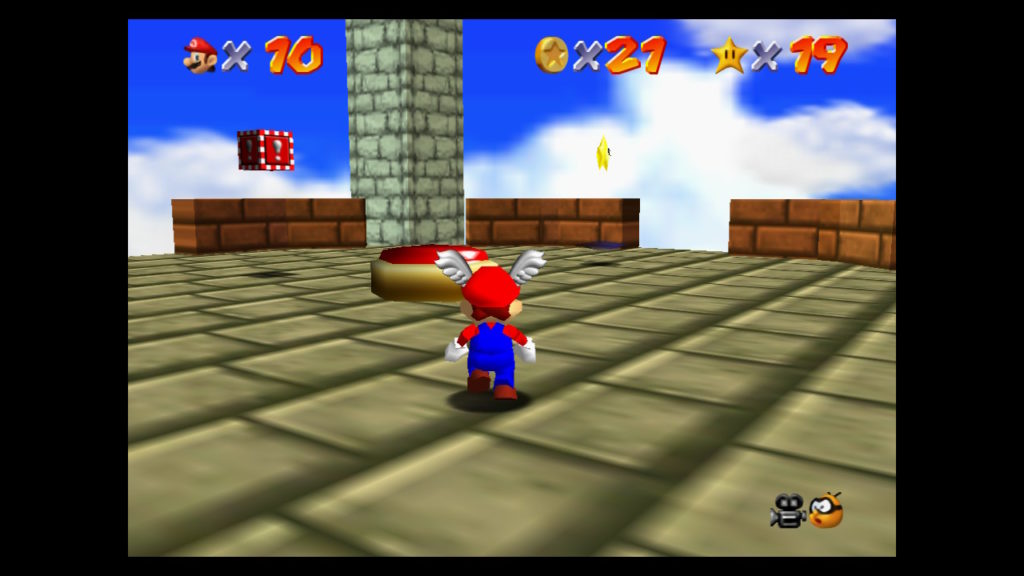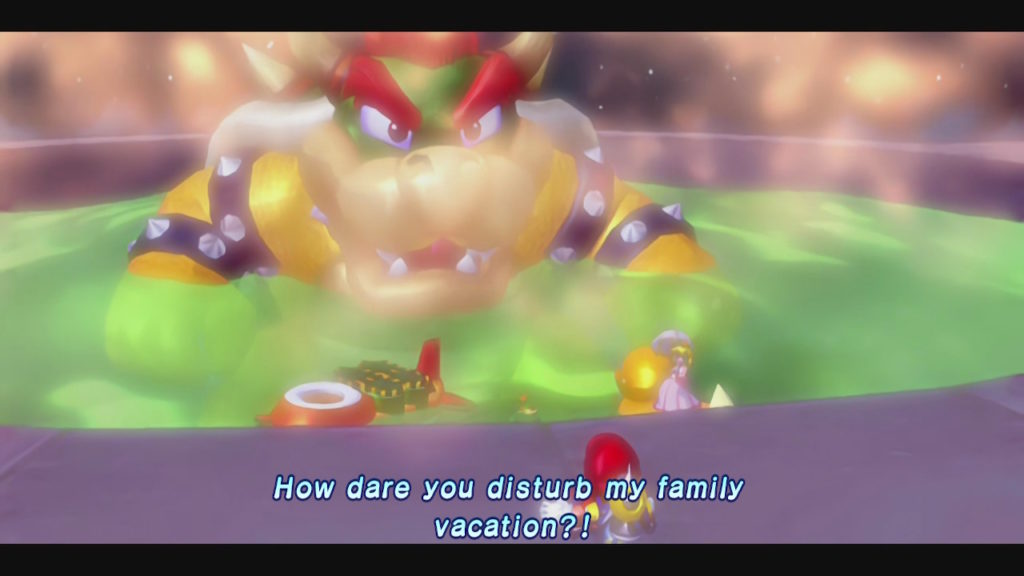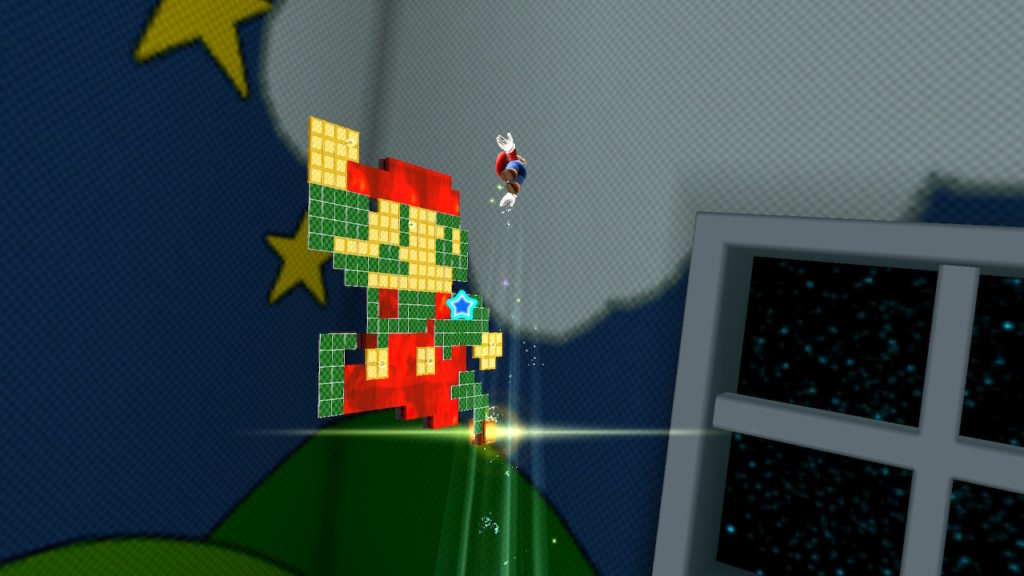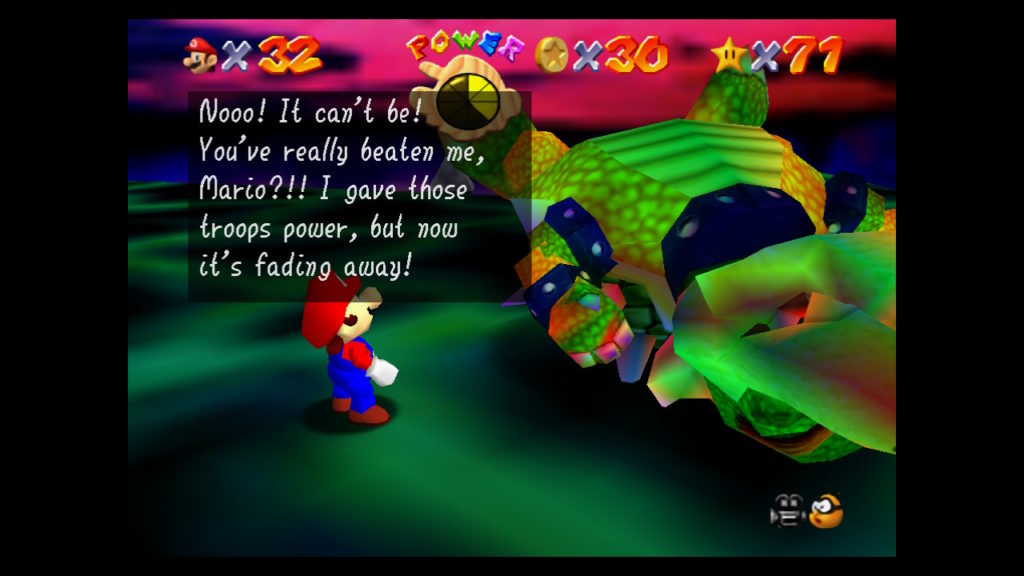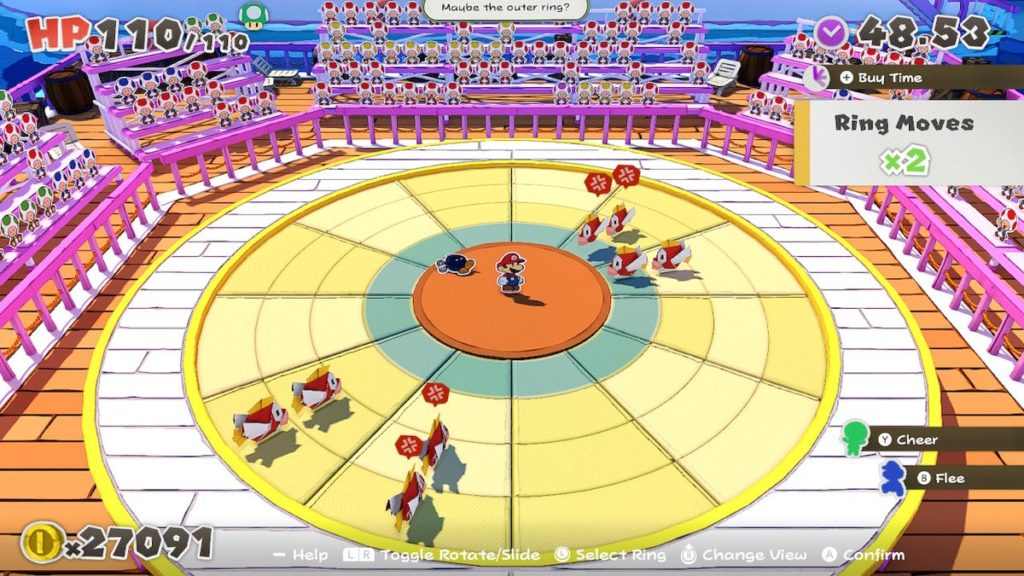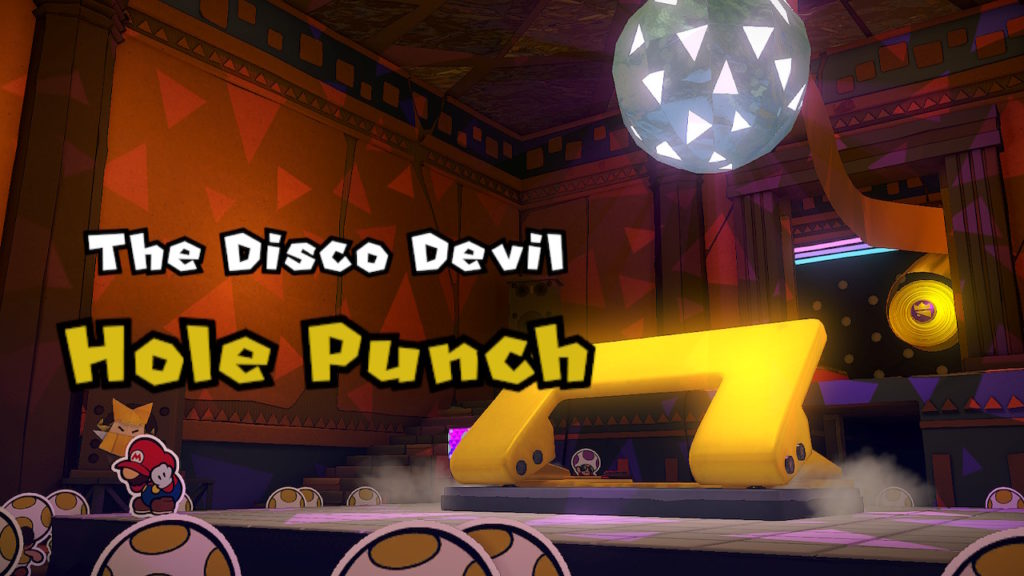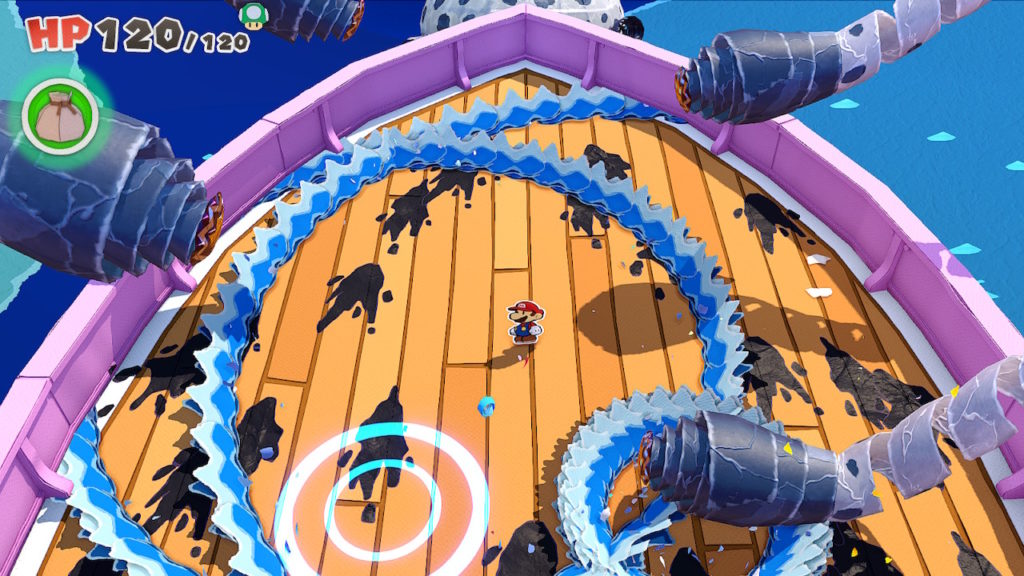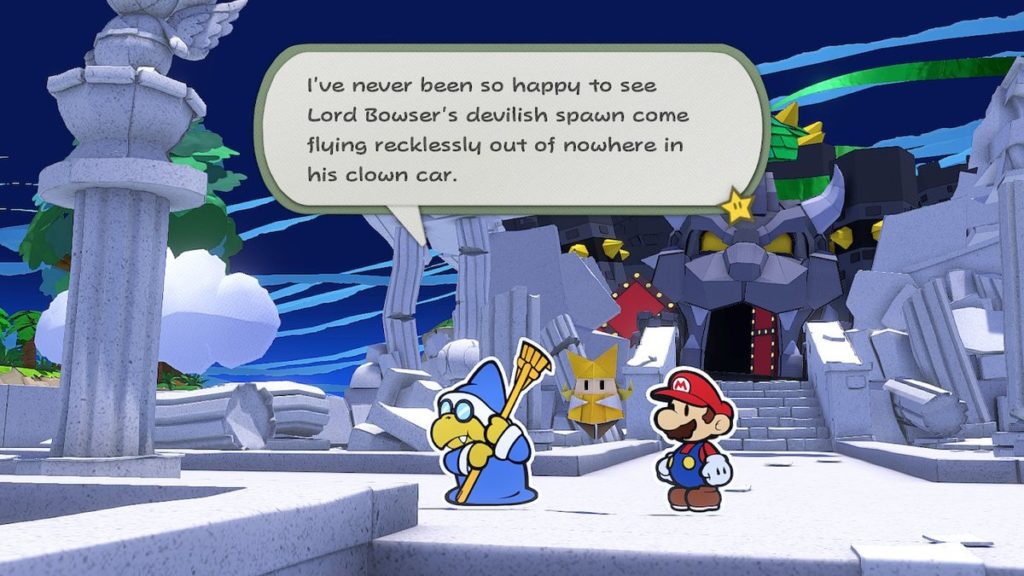- Genre: Platformer
- Platform: Switch
I’ll make this simple – Super Mario 3D World is still fun and still worth playing. If you buy the cart just for that game, you’ll be happy. However, Bowser’s Fury is easily the more interesting part of the package. It’s an entire experiment in what Mario could be as an open world game. Some of it works well, some of it doesn’t, but it’s an interesting look into what the future of the series could potentially be.
It took me a while to really put my finger on what this game felt like, but it hit me that this feels like playing Super Mario Galaxy, minus the gravity manipulation. As you run around the world, you hit cat gates that act as the entries to individual objective areas. Each of these areas acts similar to a galaxy in that you go through it multiple times to get shines, and each shine has its own little modifications to the environment of the section. Where the magic comes in is that there’s no load times. You finish a shine and can go wherever you want. The next time you come back to the area, a new shine is available and the modifications to the environment in the area are already active.
From a general game rhythm perspective, it ends up being a sped up version of Galaxy. It’s such a small functional change, but not having to drop out of the world speeds up the game so much. You finish a shine and just keep going. There’s no transition back to an overworld or hub. There’s no waiting on loads and title screens. You just run and go. It helps that some shines are also available for partial credit as you run around doing others. For example, each area has a cat badge collection shine that can be finished at any time, including in the middle of working on other shines. It all feeds back into keeping the player moving as much as possible, rather than having to hop back and forth.
This kind of feeds back into what I talked about in the Ys IX ramblings, but this ends up being a game that just keeps you moving, and it’s what I’m most excited about in a potential open world Mario game. Super Mario Odyssey did a great job of packing the individual worlds with a ton of stuff. While those worlds were big and fun, they were also distinctly separate. Taking the scale and scope of things to do and packing it into a future open world (maybe an entire open Mushroom Kingdom?) is something that I never really thought was possible. After playing Bowser’s Fury, I think there’s a nugget of possibility there.
On the other hand, the Bowser part of this experience is just kind of average. As a mechanic tied into the story it serves its purpose but it just isn’t that fun. Bowser pops up periodically to basically just fuck shit up. He throws a bunch of crap around that basically serves to annoy you and then you either fight him as giant Mario or he goes away after a short period of time. There’s also a number of shines that require Bowser’s fury attacks to break some blocks and give access to shines. It just ends up feeling like an unnecessary distraction from the exploration. In general I’d expect this to not exist in a larger open world Mario game, so I’m not overly worried about its existence, but I could deal without the player friction it causes.
However, the boss fight portion of it is fun. Fighting as giant Mario vs Godzilla Bowser is really cool. Mechanically, it’s not that far off of normal Mario fights, but suddenly being as big as an entire level section is fun. Picking up a giant rock spear and chucking it at Bowser is fun. Trying to whack him out of a side spin with your cat attacks is fun. Like most Mario boss fights it isn’t complex, but it’s extremely satisfying.
This is distinctly an experiment. It’s absolutely a pack-in for the port of Super Mario 3D World, but it’s a fascinating way for Nintendo to experiment. They can sell the main game on its own, but still get a lot of player feedback in a way that doesn’t allow for failure. If people don’t like the experiment, no harm, they still have the main game. However, if people do like the experiment? You gave them a great bonus experience and got a ton of good feedback.
Given how well this one turned out, I wouldn’t be that surprised if the next Mario is open world. This one felt instantly recognizable, but new at the same time. Having a very Galaxy-style environment setup without load times is fresh and interesting in a way that surprised me. I could live without the Bowser mechanics, but give me a game with the rest of this experiment and I suspect I’ll be a happy camper.


